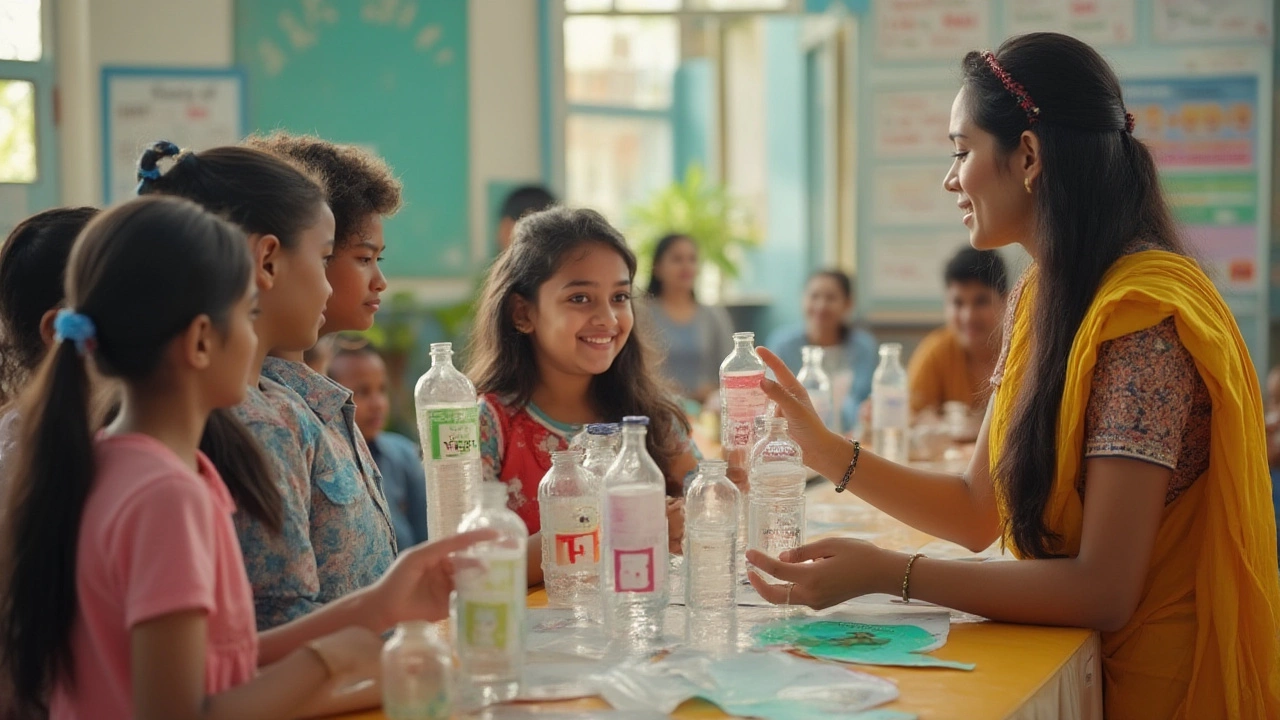Plastic Number 1 (PET): What It Is and Why It Matters
If you’ve ever seen the recycling symbol with a “1” inside, you’ve spotted Plastic Number 1 – also called PET (polyethylene terephthalate). It’s the most common plastic for beverage bottles, food trays, and even some textile fibers. The reason it’s everywhere is simple: it’s lightweight, strong, and cheap to produce. In India’s booming manufacturing scene, PET plays a huge role in everything from soda bottles to packaging films.
How PET is Made – The Basics
Making PET starts with two raw materials: terephthalic acid and ethylene glycol. They undergo a condensation reaction that creates long polymer chains. The mix is then melted and forced through tiny holes in a process called extrusion, forming sheets or pre‑forms. These pre‑forms are later blown into the familiar bottle shape you recognize on store shelves. The whole cycle takes only a few minutes, which is why factories can churn out millions of bottles a day.
Recycling PET – From Bottle to New Product
One of PET’s biggest selling points is its recyclability. After you toss a bottle into a recycling bin, it’s collected, sorted, and cleaned. The clean flakes are then melted and formed into new resin pellets. Those pellets can become fresh bottles, textile fibers for clothing, or even automotive parts. In India, the government’s Waste Management Rules and the Plastic Waste Management (Amendment) Act have pushed for higher collection rates, so you’ll see more PET being turned back into usable material.
For manufacturers, using recycled PET (rPET) can cut material costs by up to 30% and lower the carbon footprint of a product. Many brands now label their packaging as “70% rPET” to show they’re serious about sustainability. If you’re thinking about sourcing PET, ask suppliers about the percentage of recycled content and the certifications they hold.
Consumers can help the loop too. Rinse bottles before recycling, avoid mixing PET with other plastics, and support brands that use rPET. Small actions add up, and they make the supply chain smoother for everyone.
Overall, Plastic Number 1 isn’t just another plastic – it’s a material that drives a huge part of India’s manufacturing and recycling ecosystem. Understanding how it’s made, how it’s reused, and where it ends up can help businesses cut costs and help the planet at the same time.

What Does the Number 1 on Plastic Really Mean? Safe Uses, Dangers, and Recycling Tips
Find out what plastic number 1 means, why it matters, and how to reuse or recycle PET plastics safely. This guide explains risks, recycling tips, and surprising facts.
Read More